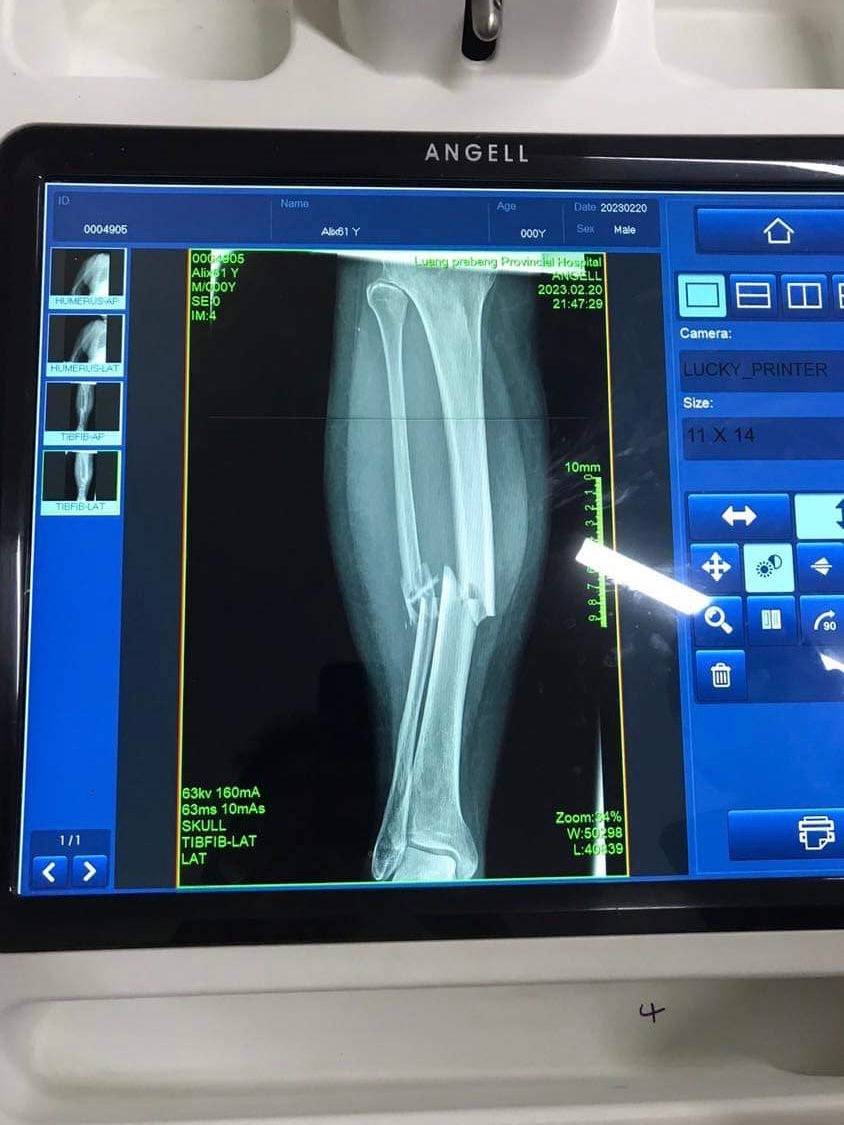Orange Wine
- Richard Crooks
- Nov 6, 2023
- 4 min read
Updated: Nov 14
No, we’ve not discovered a wine made from oranges.
I think that Alix and I first drank “orange wine” in ‘Sam & Jaks’ one Friday night in Cirencester. It had a distinctive colour, no doubt, and a more complex taste than a straight white, but we thought no more about it. Perhaps it was fad, and a bit of fun? But a couple of weeks ago, we fell upon another orange wine, quite out of the blue, as it were.
Our guests Tony and his new girlfriend Lynn had disembarked and were headed back to Blighty, so Alix and I decided to head north, taking advantage of favourable winds and seas. We were headed to Ormos Marathokampos, which lies on the south-western coast of beautiful Samos. We had visited the port by car last year, when moored up near Pythagorio much further east.

We had been to visit our Dutch chums on yacht ‘Coco’. They had not been onboard then, but we messaged ahead this time, and were sure of a rendezvous. Plus, the village and port had seemed charming and we had wanted to return and explore further.

We had a cracking sail up there, with our Code 0 flying all the way, with autohelm set to follow our chosen wind angle (‘fly and forget’).
Matty and Ron (plus their two dogs) are full-time liveaboards in Greece, their floating home being much, much smaller than Missy Bear. The village of Marathokampos is half-way up the mountain behind the port and Matty said she often walked up there to do business. She would show us the way up the hill, avoiding the roads. So, off we set one morning, before the sun got too hot. We rounded the port with its line of houses, tavernas and beach, and headed up out of the village and into scrub-land, interspersed with ancient olive groves (manicured or abandoned). The path was earth and rubble and wended upwards towards the cluster of houses nestled above us.

As we approached the village, we said goodbye to Matty at the pharmacists. We had noticed, next door, an old looking ‘garage’ with the word ‘Winery’ on its frontage. Now Alix and I are not going to miss out on an opportunity for degustation, having already discovered wineries on Lipsi and Leros last September (in Season 2.)
In we popped out of the sun, and saw a few bottles stood up on a table in-front of rows of oak barrels behind them in the gloom. A young man, Manos, sat in a small side office and we asked him if we could book a tasting for later. He was very happy to give us a talk, after we had returned from a ramble around the village, taking in the views over the south of the island.
Manos spoke pretty-good English and seemed very happy to relate the story of his Coutsodontis family and their wines, as we sipped the different varietals and types. We had his undivided attention for an hour, and it was very enlightening. Apparently, since the 1930s, Greek wine growers were obliged to sell their grapes to the local Cooperative. Private commercial wine-making was forbidden. Manos’ father had worked as a winegrower for over 40 years and had always sold his grapes as required to the Cooperative, which tended to make cheap, poorly made wine, and for the sale in boxes at certain supermarkets. Innovations and skills-development were probably not at a premium (and this is the story of Communism… Discuss.)


Then in 2016, some Greek wine growers took the Greek government to the EU courts to challenge the monopolies of the Cooperatives. The wine-growers won, and since that time Manos and his brother were able to make and sell their own wines. It’s small-scale and basic at the moment, but they have dreams of opening a new winery, closer to their vineyards, and with views over the Aegean for a better visitor experience.
As well as the famous muscat wines (both sweet and dry, with the dry either oaked and unoaked), they also make orange wine. “What is that”, we asked. Quite simply, it’s akin to making red wine, but with white grapes. In short, you leave the skins and pips in the juice for the fermentation. In the same manner that red grape skins give red wine its colour, white grape skins give orange wine it’s colour.
The skins and pips are normally removed before the juice is fermented for normal white wine. For orange wine, not so. Then the orange wine juice is extracted from the fermentation tanks and put into barrels, along with some of the fine lees, i.e., the smaller bits of the solids left over from the fermentation.
After 6 months, you have an orange-coloured wine, with a much more rounded and complex palate, due to the chemicals in the skins, pips, and of-course, the oak.
After a moment’s thought, one supposes that this method is probably the ancient method – why bother to have a process to remove the skins before fermentation? Anyway, watch out for orange wine; it may be coming to a restaurant or gastro-pub near you, soon. Try it, because it’s delicious.




Discovered orange wine in Seville - absolutely gorgeous. will save it for your next visit x